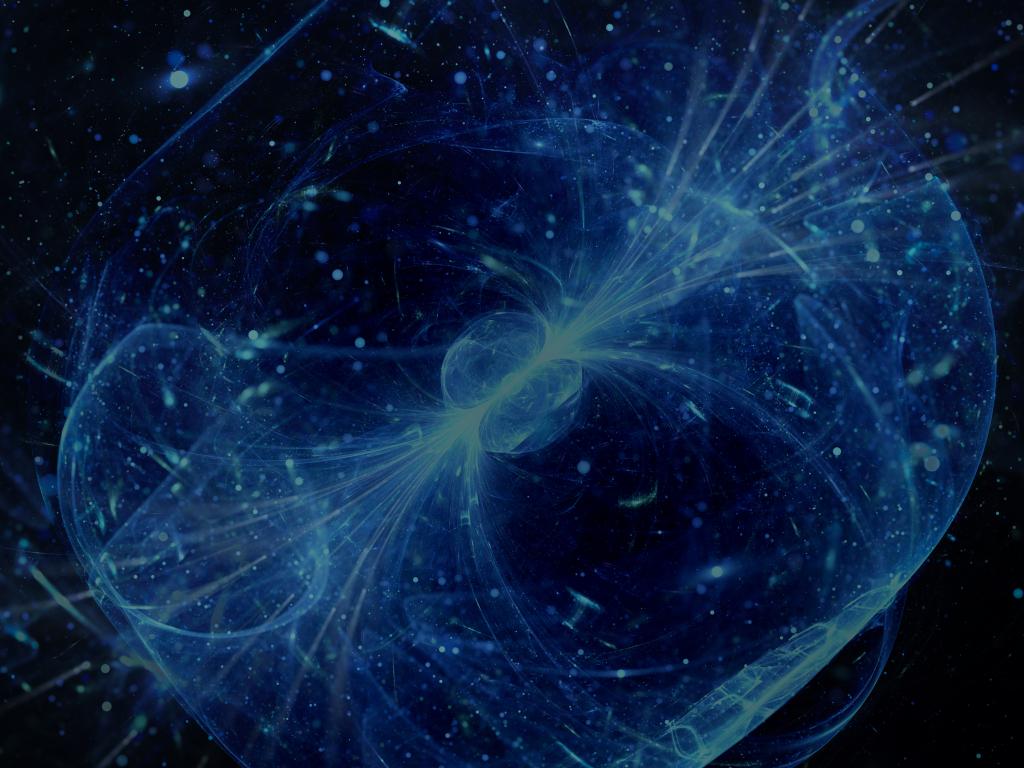Admission CTAs
Testing self-interacting dark matter with realistic galaxy formation simulations
Ferah Munshi, Assistant Professor, Physics and Astronomy, is testing self-interacting dark matter (SIDM) in galaxy formation simulations.
Although the Cold Dark Matter (CDM) paradigm has been successful at describing our Universe on large scales, it has faced challenges on small scales (inside of galaxies and in low mass galaxies). These challenges have mostly been alleviated by a proper consideration of the physics of ordinary matter (gas and stars; “baryons”). However, there is growing concern that the baryonic physics model that alleviated the small-scale problems is too strong, and cannot reproduce the densest galaxies that are observed. On the other hand, analytic models have shown that a Self- Interacting Dark Matter (SIDM) model (where dark matter can interact with itself via various particle physics models and interaction scales; “cross-sections”), can reproduce the full range of galaxy diversity.
The proposed work will result in the largest-ever suite of galaxy formation simulations within both the CDM and SIDM paradigms, to comprehensively test both models. The resulting hundreds of simulated galaxies will test whether CDM or SIDM can reproduce (1) the diverse densities observed in real galaxies, and (2) the diverse shapes of dwarf galaxies.
Munshi received $216,115 from the National Science Foundation for this project. Funding began in November 2022 and will end in late October 2023.
